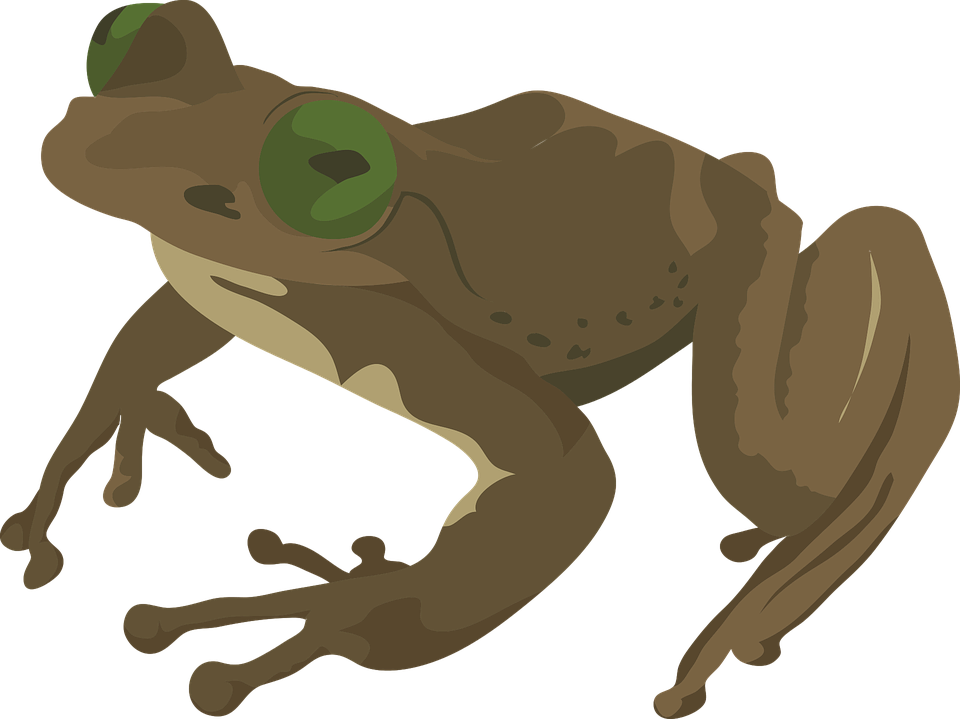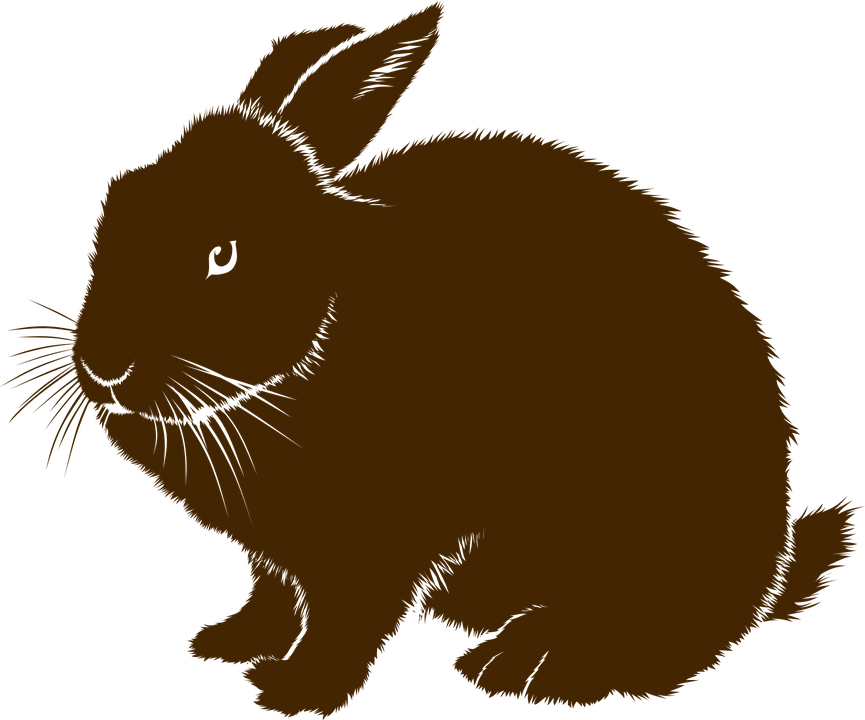Lesson 18
Two Truths and a Lie (optional)
Warm-up: Notice and Wonder: Animal Facts (10 minutes)
Narrative
The purpose of this warm-up is to elicit observations and questions about some animals and their associated measurements, which will be useful when students create comparison statements in a later activity.
Launch
- Groups of 2
- Display the images.
- “What do you notice? What do you wonder?”
- 1 minute: quiet think time
Activity
- “Discuss your thinking with your partner.”
- 1 minute: partner discussion
- Share and record responses.
Student Facing
What do you notice? What do you wonder?
30 feet

130 inches

3 feet

Student Response
For access, consult one of our IM Certified Partners.
Activity Synthesis
- “The numbers tell us how high each of these animals can jump.”
- Ask students to decide if each of the following statements is true or false and share their responses and reasoning:
- “A rabbit can jump 10 times as high as a dolphin.”
- “A dolphin can jump as high as a frog.”
- “What other comparison statements can you make about how high these animals can jump?”
- 30 seconds: think time
- 1 minute: partner discussion
- Share responses.
- “We are going to keep thinking about making comparisons in our first activity today.”
Activity 1: Two Truths and a Lie (20 minutes)
Narrative
In this activity, students use multiplicative comparison and measurement conversion to create true and false statements about the animals. A set of cards with some facts about animals are provided in the blackline master, but students may also research information about animals using reliable internet resources or books.
Advances: Conversing, Reading
Required Materials
Required Preparation
- If students are performing their own research, provide access to books about animals or Internet-enabled devices.
Launch
- Groups of 2 or 4
- Give each group 3 index cards, tape, and a copy of the cards from the blackline master (or access to books about animals or access to the Internet).
- “Look through the resources and the information about animals.”
- “Work with your partner to choose 2 animals and to write 3 comparison statements about these animals.”
- “Two of your statements should be true and one should be false.”
Activity
- “First, take a few quiet minutes to read about the animals and consider the facts about them you’d like to write about. Then, discuss your thinking with your partner.”
- 3 minutes: independent work time
- 10 minutes: partner work time
- Monitor for the ways students:
- describe the relationship between different units
- compare quantities given in different units
Student Facing
Your teacher will give you a fact sheet about some animals or ask you to perform some research.
- Choose two animals that you would like to compare.
-
Use the information from your teacher or your research to write two true comparison statements and one false comparison statement about these animals.
- Write one statement on the front side of an index card.
- On the back side of the card, write whether the statement is true or false.
Student Response
For access, consult one of our IM Certified Partners.
Activity Synthesis
- “Post your cards on a wall because we will look at them in a gallery walk.”
Activity 2: Gallery Walk: Two Truths and a Lie (20 minutes)
Narrative
The purpose of this gallery walk activity is for students to decide if their peers’ statements from the previous activity are true or false. In addition to determining the truth of others’ statements, students have an opportunity to revisit and revise their statements from the first activity.
Supports accessibility for: Language, Visual-Spatial Processing, Social-Emotional Functioning
Required Materials
Materials to Gather
Launch
- Groups of 2 or 4
- “You will now do a gallery walk to read one another’s statements and decide if they are true or false.”
- Give students access to sticky notes.
- “As you read others’ statements, you may find parts of them to be unclear. Use a sticky note to leave a comment or a question that could help the writer edit the statements for the better.”
- “Figure out at least one statement that is a lie and record it in your book.”
Activity
- 10 minutes: gallery walk
- “As you walk around, compare your statements to your classmates’ and think how you might revise your statements to make them clearer or stronger.”
Student Facing
-
Read at least 5 statements that are not yours and decide if they are true.
- Find at least one statement that is false. Write down the statement here. Be prepared to explain or show how you know.
- If a statement you read is unclear, use a sticky note to leave a comment or question for the writer.
-
Collect your cards and any notes that your classmates might have left for you.
- Think about how to make revisions to make your statements stronger and clearer.
- Record your revised statements here.
Student Response
For access, consult one of our IM Certified Partners.
Activity Synthesis
- Invite students to share how they identified false statements and thought about revising the statements.
Lesson Synthesis
Lesson Synthesis
Today we wrote some true or false statements and figured out if others’ statements were true or false.
“How was the experience of creating true and false statements in today’s activity different from other experiences?” (I had to use the information to come up with something that was true and can be supported by the data and something that was wrong.)
“What was interesting? What was challenging about this experience?”